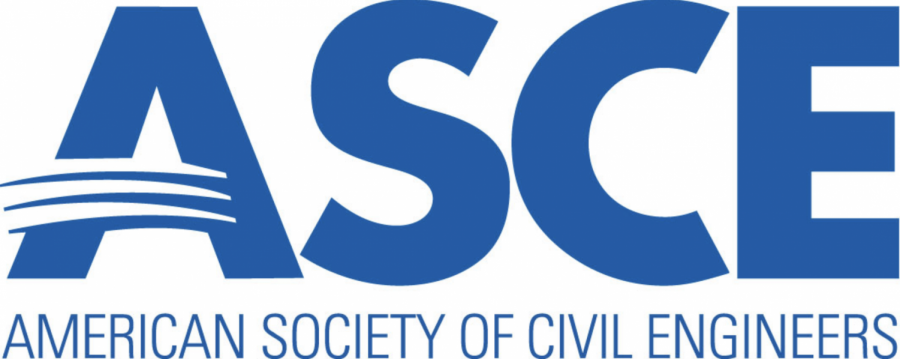New research on seismic activity induces earthquake preparation, awareness
February 14, 2018
Documentary, expert panel set up to educate community on seismic activity, emergency preparedness.
A press release came out Feb. 6 announcing that the American Society of Civil Engineers and the Portland Post of the Society of American Military Engineers would be hosting an event to bring about awareness to the seismic risk of Oregon. The expected Cascadia earthquake and tsunami is expected to reach 9.0 in magnitude and the aftermath of this size of event is predicted to cause major disruption in the community as well as individuals.
On Thursday, Feb. 15 at 6 p.m. in Weniger Hall, room 151, Oregon State University Emergency Management and Corvallis Emergency Preparedness will be showing a film documentary focused on Oregon’s Earthquake Preparedness. The film will be followed by a panel discussion and Q&A, according to Thomas Miller, a structural engineering professor and the faculty advisor to the student chapter of the ASCE.
“We want to help make students and the community aware of the Cascadia Subduction Zone earthquake hazard and the tremendous potential impacts on the state of Oregon,” Miller said in an email.
The information in the documentary includes important information which has come to light in the last few years with regards to seismic risk in the Pacific Northwest, according to Miller. It is essential to know how to respond to these seismic activities individually, as a family and as a community.
Michael Bamberger, manager of emergency preparedness for OSU in Corvallis, will be speaking at the panel this Thursday about preparing for this specific kind of seismic activity. According to Bamberger, the Pacific Northwest is particularly unprepared due to never having to deal with large earthquakes within our lifetime.
“We, as people, only prepare ourselves with things we have experienced,” Bamberger said. “Since we haven’t had an earthquake, we don’t really prepare for something like that.”
Not preparing at all, or even procrastinating on preparation can end up putting individuals in troublesome situations, according to Bamberger. Any level of preparation is better than none and people need to at least start small so they can build their preparedness over time. The essentials to your preparation are food, water and shelter, Bamberger added.
“Think about that old tent you’re not using, your car, your neighbors car, an RV,” Bamberger said. “If you think about it now then you won’t be trying to buy a tent in a store with hundreds of other people, and that’s if the store is even open because the store’s employees will be going through the same thing you are, and may not be able to get to the store to open it for business.”
When the earthquake hits, it’s important to know there are two things you need to worry about—debris falling on you and getting thrown around, according to Bamberger.
“Drop low to the ground, get under something solid and hold on,” Bamberger said.
According to Allison Pyrch, the current president of the Oregon Section of ASCE and an OSU alumnus, anything to get the word out about Oregon’s seismic risk and the need for infrastructure improvement is a step in the right direction.
“As engineers, we are responsible for the safety of the infrastructure, and we have a long way to go to be prepared for a Cascadia event,” Pyrch said in an email.
Safety precautions and preparedness are done for events which happen often, as well as events which are quite unlikely, so it makes sense for the community to know how to prepare for an earthquake, according to Pyrch.
“This event will affect us all personally, but it will also seriously change the state and region,” Pyrch said in an email. “It’s no longer something you can responsibly ignore.”











































































































